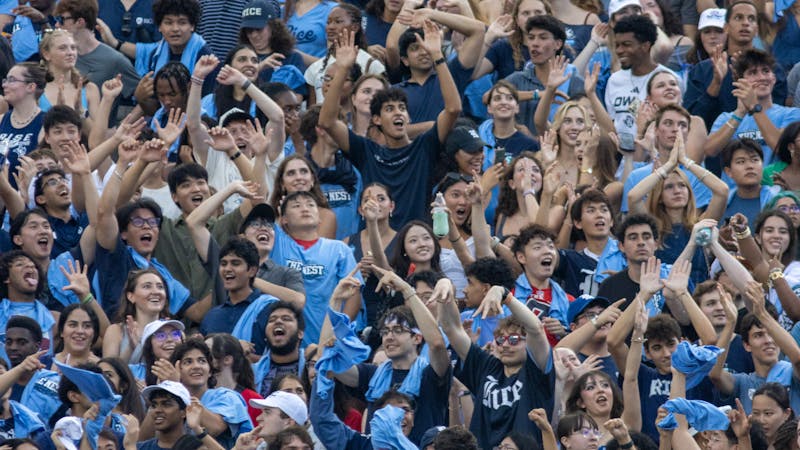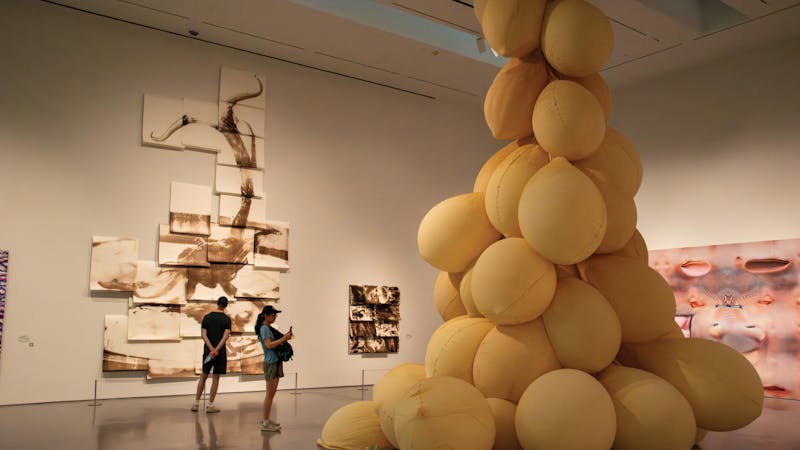Even the world's poorest can afford good private education
How can the world's poor educate themselves? The Beautiful Tree: A Personal Journey Into How The World's Poorest People Are Educating Themselves, a recent book by Newcastle University professor James Tooley, recounts how, on a trip to study elite schools in India, he stumbled upon private schools serving poor students in the slums of Hyderabad's Old City.The students' parents often paid $1-2 a month for private schooling. Bear in mind that many of the parents earn around only $25 a month.
How could these for-profit private schools possibly stay afloat with such a small tuition?
Were the schools run on charity? No, although the staff often expressed motivation to improve the community.
Did these schools survive by hiring low-quality teachers? No, as Mr. Tooley cites a UNESCO report confirming consistent teacher quality.
The schools survived by cutting costs that did not directly contribute to student learning. Instead of funding fancy buildings and buses, converted houses served as school buildings for children from the surrounding neighborhood.
A UNESCO report stated that 80 percent of students in some Indian cities pay to attend private schools rather than attend poorly-run, tax-funded government schools. In poor rural areas, often 30 percent of students attend private schools. The message is clear: Even some of the world's poorest families and communities can educate themselves, independent of government financing.
The story of private schools for the poor also made me wonder why only 11 percent of American children attend K-12 private schools. Why have families and local communities not formed their own schools, as many have in India?
Tuition rates are much higher in the United States than in India. Even in Catholic schools, which usually offer lower tuition than many elite private schools, tuition costs total around $4,000 per year (although this figure is still less than half of the roughly $10,000 per-pupil spending in Texas government schools, including capital costs).
Catholic school tuition, without discounts, is still about $400 per month, or five days' wage at $10 per hour, 40 hours per week. That means low-income Americans must work at least twice as long as the poor in India to pay for a month of private school.
Tuition rates may be so much lower for these private Indian schools because of fewer regulations or less enforcement of regulations. The lower barriers to entry mean private schools can open more quickly and run with lower costs. For example, despite maintaining high standards, the teachers and schools often lack government certifications.
Costs can also be held down with larger class sizes, but to keep student performance high, large classes need fewer interruptions per child - that is, stricter discipline. This may be more easily accomplished in private schools, where expulsion of disruptive students is easier.
Interestingly, Tooley found that entrepreneurs are starting for-profit schools serving the poor around the world, from China to South America. In one of the poorest slums of Nigeria, Tooley says, "The fees might be about $4 per month - perhaps 10 percent of a typical fisherman's monthly earnings."
Why do parents sacrifice so much of their meager incomes rather than send their kids to a free government school? Tooley explains that "the majority of poor schoolchildren [who] attend private schools outperform the state schools, all with lower salaries for teachers."
The success of low-cost private schools means U.S. policy makers may need to rethink conventional global schooling efforts. Instead of pouring funds into a Global Fund for Education that follows "country-driven solutions" - meaning foreign national governments would have a significant say in spending aid money - American tax dollars should support "student-driven" or "parent-driven" solutions.
If our government directs education funds directly into foreign government hands, those funds can displace effective private schools and lead to corruption. The Economist describes Hugo Chávez's recent education reform in Venezuela as accomplishing the following: "Schools will come under the supervision of 'communal councils,' indistinguishable in most places from cells of the ruling socialist party. Central government will run almost everything else, including university entrance and membership of the teaching profession."
Chávez's response to dissent was to fire tear gas at university rectors approaching parliament. With this kind of abuse possible, should we support nationally-run schools abroad over the homegrown, low-cost private school alternative?
American students can benefit from low-cost private schools, just like children around the world. Houston already has an example of how to provide private education to low-income families. The Cristo Rey Jesuit College Preparatory School funds 70 percent of its operations with salaries earned by high school students in work-study programs. This allows parents to pay a small fee based on their income, perhaps $25 per month. The school also boasts that last year 98 percent of its graduates were accepted into college.
The term "the beautiful tree" was used by Mahatma Gandhi to describe the traditional Indian educational system, which had a more bottom-up model than the British top-down system. If you have an interest in education or bottom-up systems, The Beautiful Tree can teach important lessons previously hidden in developing neighborhoods.
David Splinter is an economics graduate student.
More from The Rice Thresher

Rice loses to UH in Bayou Bucket Classic
The Bayou Bucket will remain with the University of Houston until at least 2030 after Rice football lost to the Cougars Saturday.

Moody Center’s new exhibit blurs the line between body and machine
Swelling latex sculptures, inspired by placentas and umbilical cords have taken up residence in the Moody Center for the Arts. The Barcelona-based artist Eva Fàbregas describes her pieces as forms that grow from “the guts of the architecture,” inflating and wrinkling as if they were alive.

Fizz users and moderators talk fame, challenges
During the volleyball team’s face-off against the University of Texas at Austin on Sept. 3, Jack Vu decided to have a little fun with the scoreboard. An anonymous poster had inaccurately mentioned that Rice beat UT on Fizz, so Vu decided to join in.

Please note All comments are eligible for publication by The Rice Thresher.